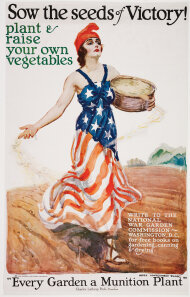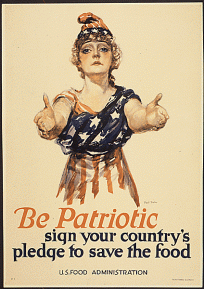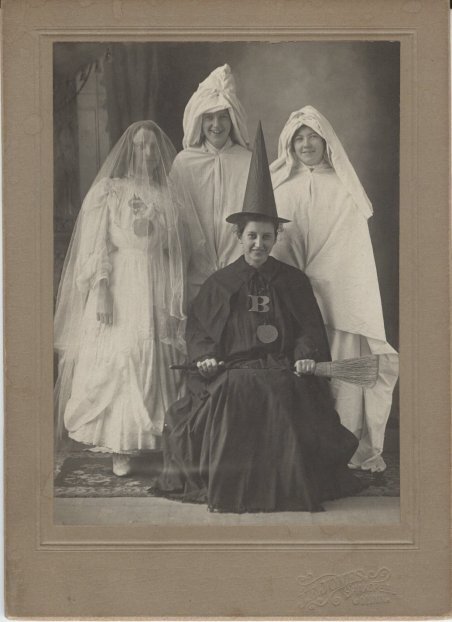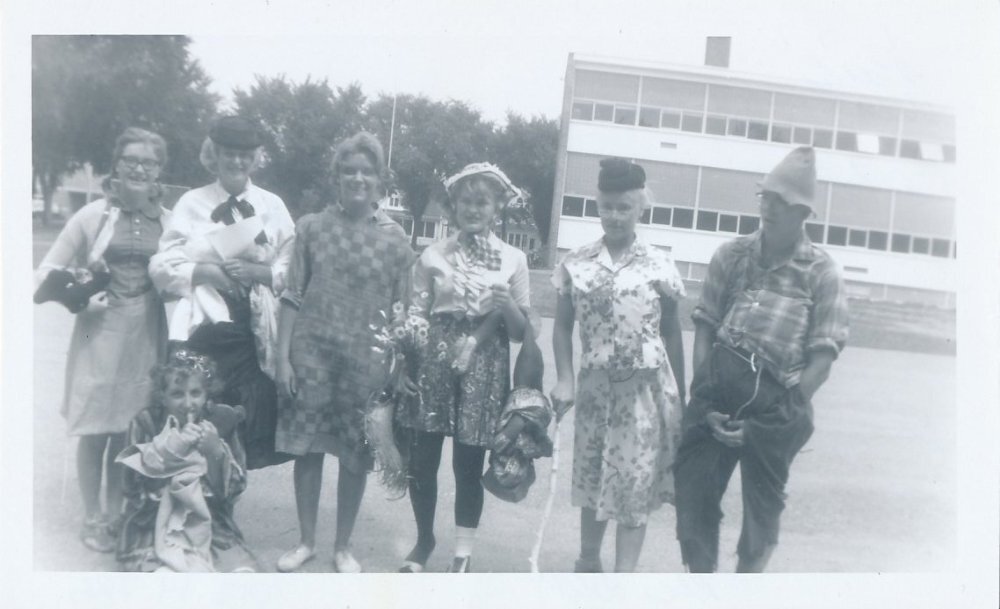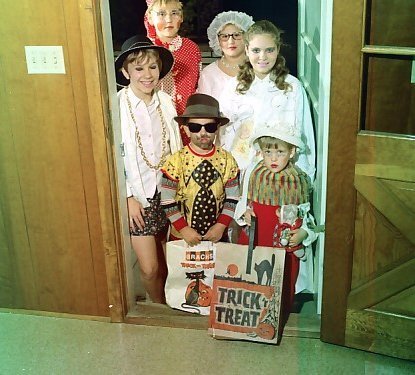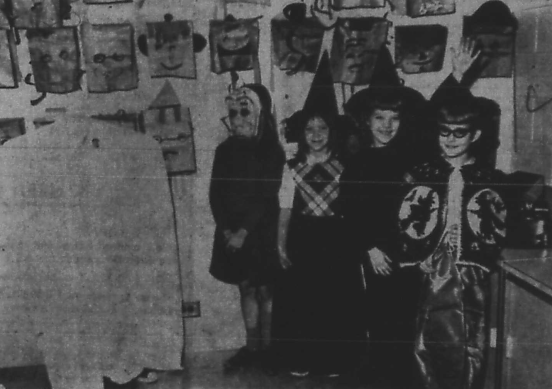Thanksgiving is perhaps the most quintessentially American holiday. It offers us a time to gather with family and friends to reflect on things that we are thankful for and to feast on the year’s bounty. Typically, celebrated with tables full of as much food as they can hold: turkey, ham, gravy, potatoes, stuffing, cranberries, pies and cakes. However, in 1917 America was forced to face Thanksgiving in an entirely new way, as they found themselves part of the largest war yet fought, World War I. How would America celebrate with demand for food in Europe at an all-time high and millions of men away from home? The celebration would still occur, just with less.
Outside of physically joining the fight, there were few things more important one could do on the home front during the war than produce and conserve more food for export to Europe. It would’ve been nearly impossible to escape the propaganda that “food will win the war”, particularly in rural areas like Scott County. During his 1917 Thanksgiving Proclamation, President Wilson made clear that the United States was in a special position to help:
“We have been brought to one mind and purpose. A new vigor of common counsel and common action has been revealed in us. We should especially thank God that in such circumstances, in the midst of the greatest enterprise the spirits of men have ever entered upon, we have, if we but observe a reasonable and practicable economy, abundance with which to supply the needs of those associated with us as well as our own.”
Every citizen was told they needed to do their part on the home front in three critical areas: increasing production, limiting consumption, and shifting eating habits. Increasing production meant farmers planting more wheat, over other staple crops, and every citizen growing their own small gardens and canning the produce to ease the burden on the commercial food markets which could then sell more directly to the government. Limiting consumption and shifting eating habits often went hand-in-hand as they required citizens to eat less than many had been used to and involved what were often known as “-less” days, where depending on the day of the week a family would have meatless or wheatless meals and instead substitute them for foods like corn, rice, oats, potatoes, fish, or chicken. The reason for using these other staples was that wheat was desperately needed in Europe and foods like corn and potatoes didn’t transport overseas well and most European mills weren’t equipped to process other grains like oats, on top of the fact that European tastes weren’t accustomed to the different grains. To aid in the effort the government, businesses, and newspapers offered an abundance of recipes and cooking-aids which enabled families to make wheatless or meatless foods or better use of left-overs and ingredients which many had never used.
These conservation efforts had an impact on how the average American family celebrated Thanksgiving. Rather than a table filled to the brim with food, a sparser offering was the norm. For example, cranberries and cranberry sauce may have been noticeably absent from many tables as they required far too much sugar to prepare or pies and breads made with no flour or fat. The President and his family tried to set an example with their White House dinner: cream of oyster soup with slices of hot buttered toast, turkey with trimmings, garden vegetables (sans cranberries), and pumpkin pie.
Despite the conservation going on at home, a special effort was made so that the fighting men and women, most of whom were experiencing their first holiday away from family, received a full Thanksgiving meal. Whether training at camps throughout the nation, on a ship in the mid-Atlantic, or in the fields of France, they were to receive a full hot meal that could have been expected before the war. Efforts were taken to ensure they got the items that people at home were doing without, like cranberry sauce and ice cream. The meal had by the soldiers at Camp Dodge, Iowa serves as a good example of what the troops enjoyed:
Appetizer: Grapefruit Cocktail and Cream of Celery Soup with Croutons and Olives
Main Course: Roast Turkey, Chestnuts Dressing, Cranberry Sauce, Giblet Sauce, Baked Ham, Sweet Potatoes, Baked Potatoes, Green Peas and Fruit Salad
Dessert: Mince Pie, Ice Cream, and Cake
After Dinner: Cheese, Nuts, Candy, Coffee and Cider
According to the Jordan Independent, letters home indicated great satisfaction with the meals from the soldiers in service.
The Thanksgiving of 1917 was the only Thanksgiving which America had during World War I, as by the time it rolled around again in 1918, an armistice had been declared. November 11, 1918 saw the cessation of hostilities and the bringing of peace to a war-torn Europe. “Victory,” as General Pershing said, “was the Thanksgiving gift to the American Nation,” and that was something everyone could be thankful for.





